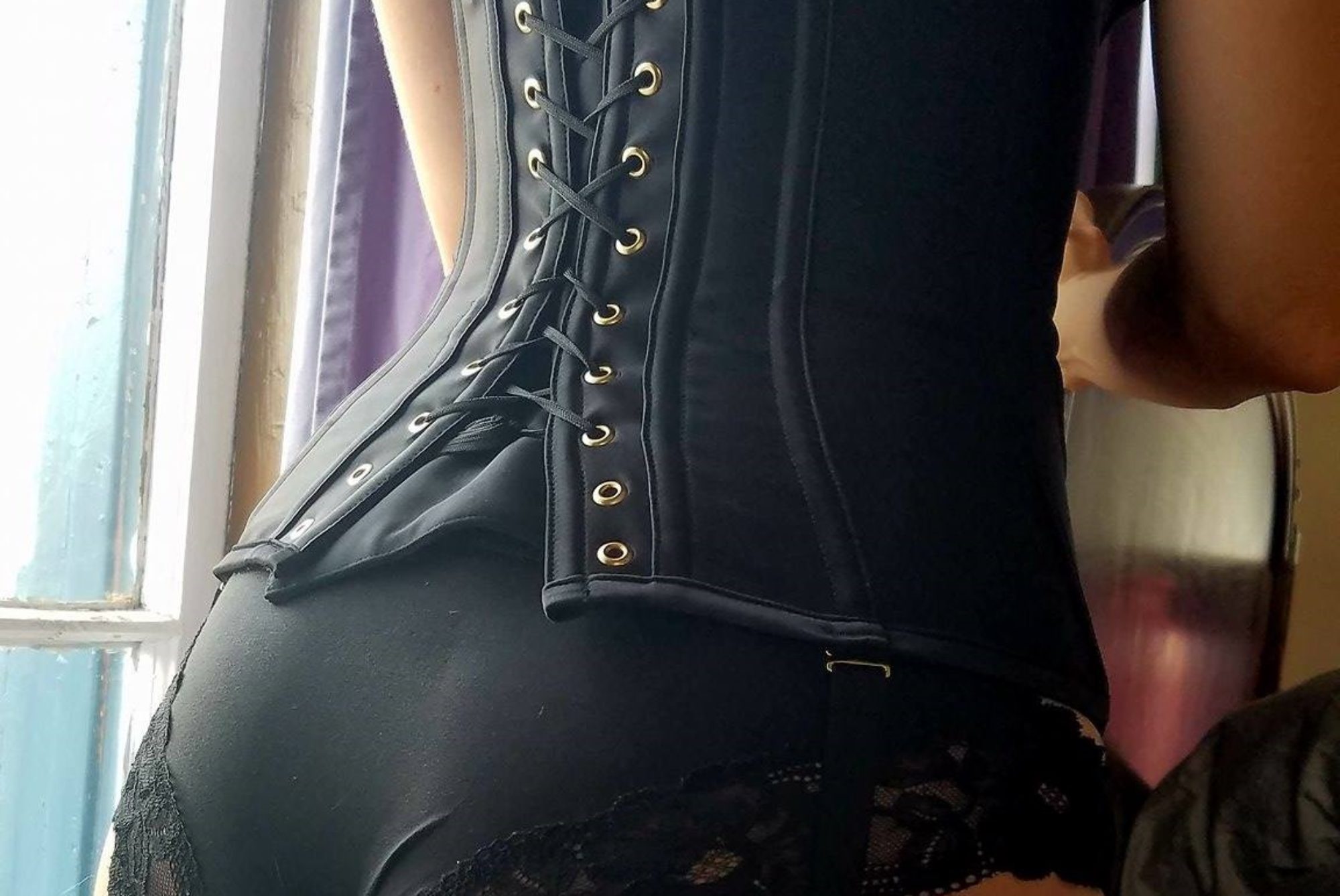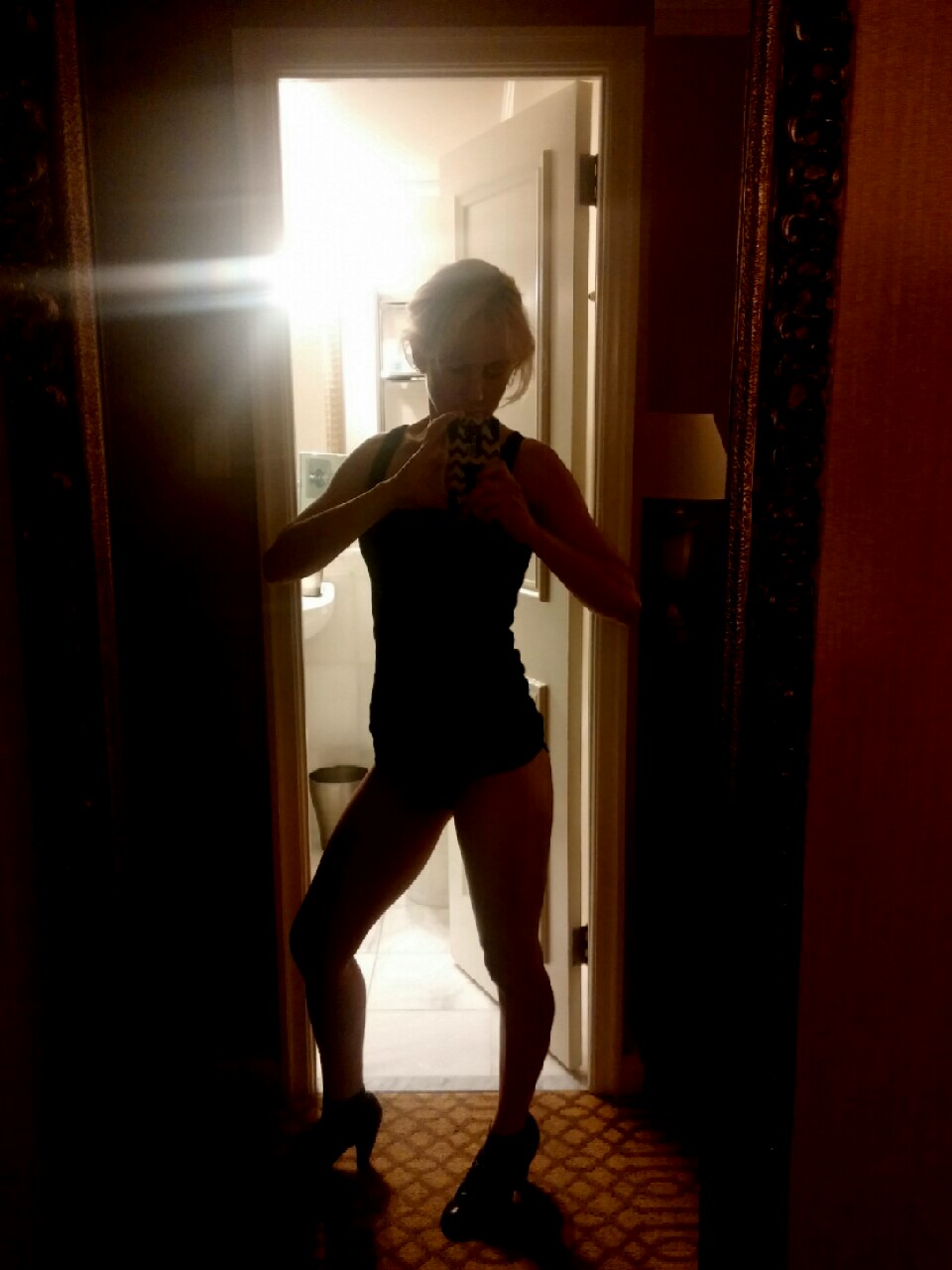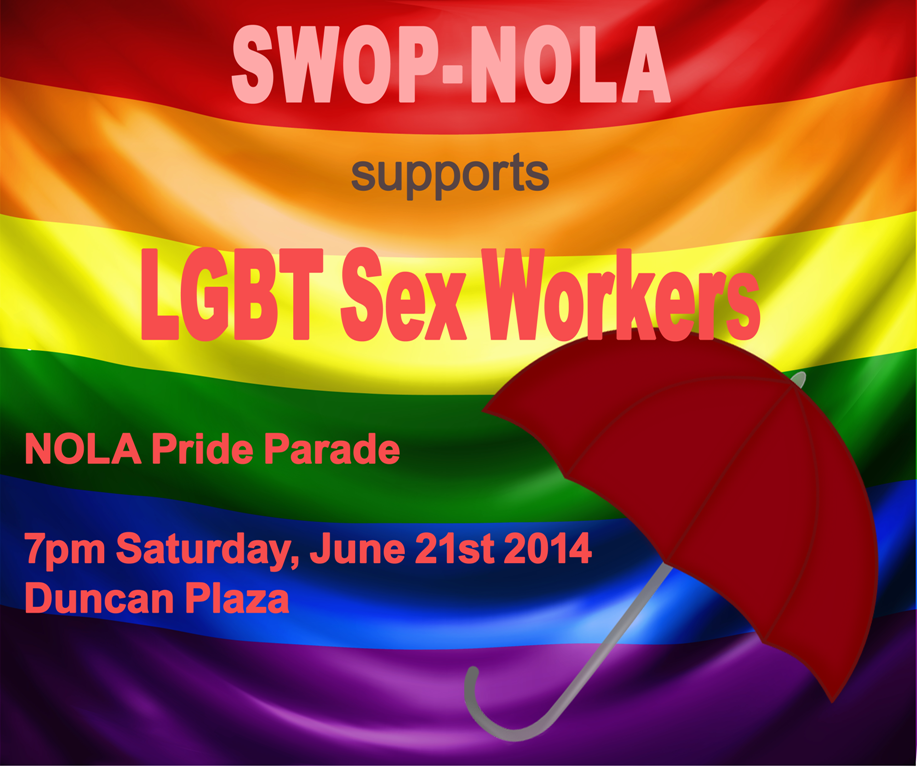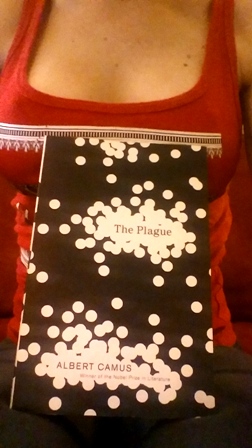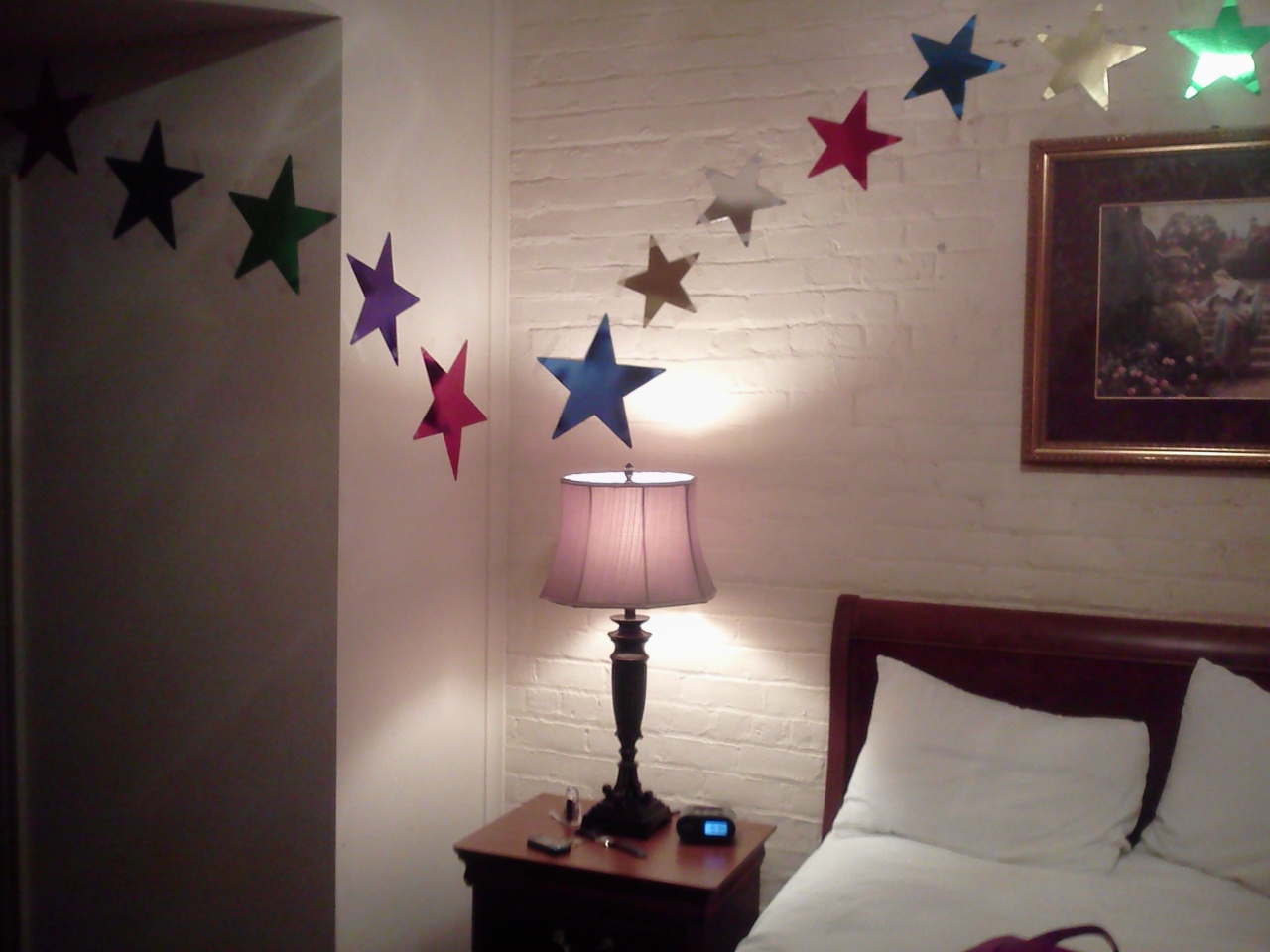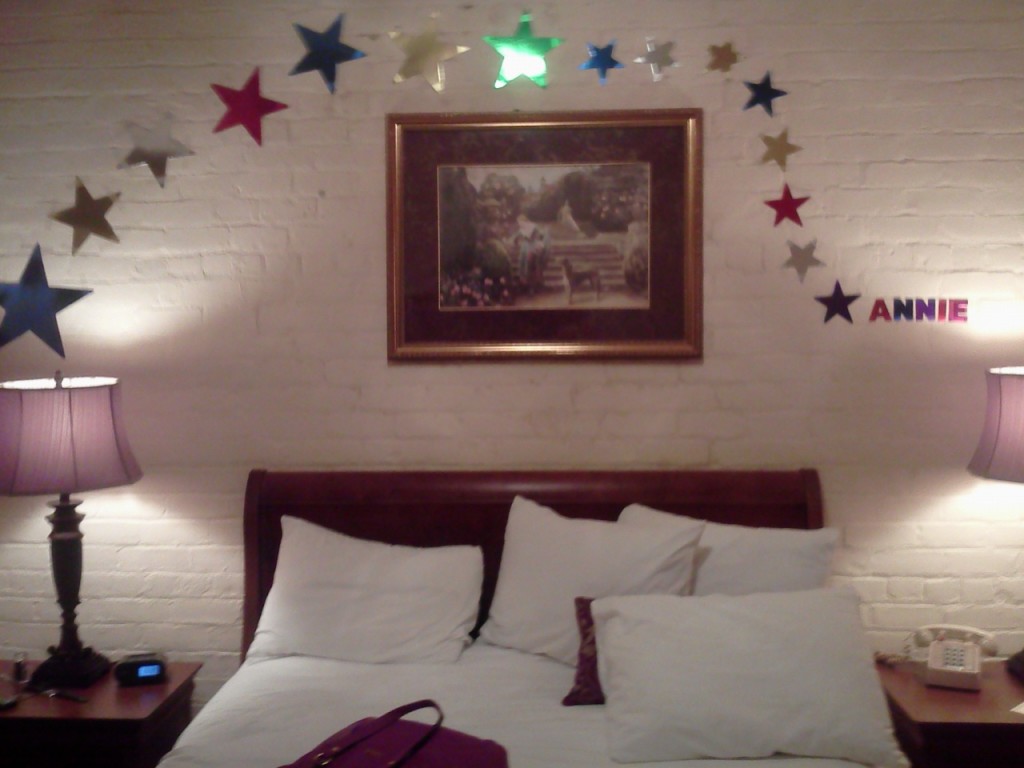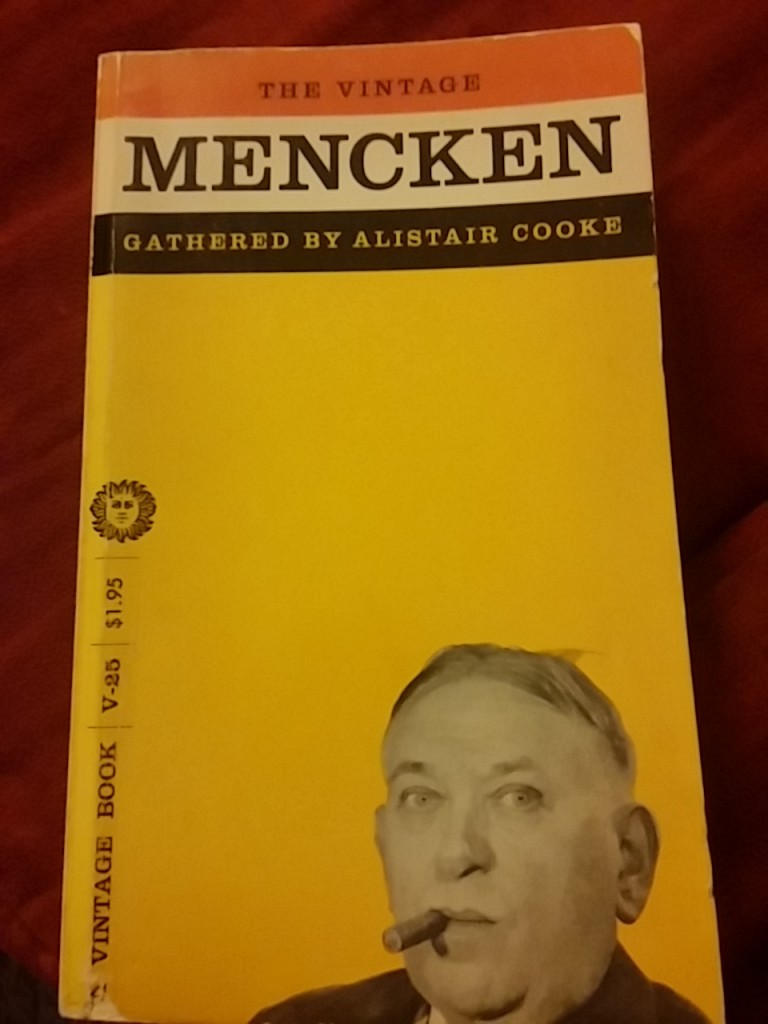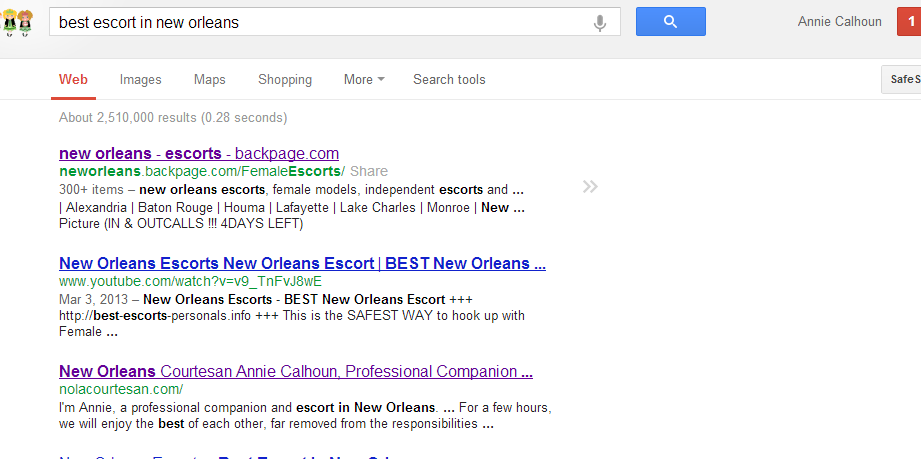A while back I met with a gentleman, and one of the topics that came up in conversation was New Orleans’s “sordid” history–namely, the period from 1897-1917 when the city set up Storyville, a red light district where prostitution was legal.
We discussed my fascination with E. J. Bellocq, a photographer working at that time who, despite earning a living photographing (among other relatively mundane things) Catholic school students’ school pictures, was drawn to the…less wholesome side of New Orleans in his art. He is now best known for his Storyville Portraits, a collection of photographs of Storyville prostitutes taken around 1912, just five years before Storyville was shut down. These pictures weren’t found until after his death, but they’re wildly popular now–so much so that they have completely overshadowed his other work, such as his photos of the opium dens in what was then New Orleans’s Chinatown (now the CBD).

Anyway, a couple days later, after he’d left town, I got an email from him with a link to this site. It’s a fun little site with lots of info, but I think the most interesting thing about it is the collection of photographs of Blue Books. Blue Books were basically guides to Storyvile–like the Eros-nola.com of paper.
It’s striking how similar the Blue Books are to the advertising methods used in the industry today. Look at Clara Miller’s ad–her main selling points are her lovely disposition, her worldly (she’s traveled to Europe) yet relateable (she’s a local girl born near Baton Rouge) personal history, and her eagerness to please (she “can sit up all night if necessary”). And of course, she’s a beautiful octaroon. Sounds a lot like an elite professional companion, seeking extended dates, no?
I love the intro, in which the publishers swear that the listings contained in the book are truthful representations of the ladies and services they advertise. “This book contains nothing but Facts,” they write. Oh, I wonder how many men were duped by the ol’ bait-and-switch back then. The predominant business structure in Storyville was the brothel arrangement, where several women worked in a house under a single owner/employer. It was basically the equivalent to today’s agencies. And the brothel owners (Madams) could really submit whatever information, real or false, they believed would attract customers (is this sounding familiar yet?). I hope they made sure the girls had a chance to read the ads first!

And on that topic, what of the bait-and-switch? Back then, since the business was legal, I guess situations like that one were much less problematic–it was just a matter of the gentleman saying, “No, thank you, that’s not what I was expecting,” and moving on to the next available lady that struck his fancy.
And what of brothels? There weren’t really any “independent escorts” in those days; women worked for business owners, who charged them a fee for the room, the advertising, security, etc. (again, like an agency). This is one of the reasons I’m against “legalizing” sex work–once there are strict regulations, we basically lose all control over how and where we work, and what we do with our own bodies. Look at the situation in Nevada. Sure, the brothels are legal, but the women working in them are dehumanized to the point that they are simply equipment, and the laws are such that the person who benefits most from their work is the employer (brothel owner). The women are not permitted to leave the property (?!????!!!!!??), they are subjected to–and charged for–weekly medical exams*, they must pay rent, a flat grocery fee (regardless of what they eat), and several other miscellaneous fees for services and items they are forced to buy, and they are forced to directly compete with the women they must work and live with for the duration of their stay. And before they receive their paychecks, the employer takes (from what I understand) about half of their earnings.
Continue reading “Blue Books and Brothels: Storyville and the Legislation of Morality”
